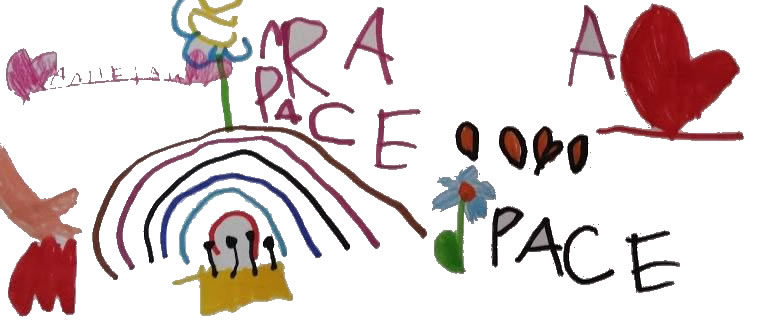Dear Linda Isabella Lidia Giannini,
After a well-deserved summer off, I’m sure you’re ready to get back to the classroom 🙂
We’re excited to share some new website updates to give your school year a strong start and improve your Code.org experience.
Updated CS Fundamentals!
For over a year we’ve worked on revisions to CS Fundamentals Courses 1-4, with a focus on paving a clearer pathway for learning computer science in elementary school. Now a 6-course progression, the new Courses A-F align with each K-5 grade level.
We’ve also incorporated the #1 teacher request: more project-based creativity for students!
https://code.org/educate/curriculum/elementary-school
Along with launching A-F, we released a CS Fundamentals Express course that combines the best of Courses A-F into a single condensed course (with a simpler option for pre-readers called Pre-Reader Express Course).
Syncing your classroom roster with Google Classroom and Clever
Teachers and students are already able to use single sign on with Clever and Google Classroom when signing into Code.org. Now you can also create Code.org sections using your existing Clever or Google Classroom account! Visit our Clever blog post and Google blog post to learn more about the sync.
Improved experience for teachers creating and updating sections
When you create and update classroom sections, you’re now able to edit sections right from your dashboard. We’ve also given you clearer explanations of what the different fields mean and how to choose the section login type.
https://studio.code.org/users/sign_in
New student and teacher dashboards
Students will have their own dashboard just like teachers with a collection of resources most relevant to them. These include, all of their courses (either those assigned to them or ones they’ve tried themselves), a preview of their projects, and a convenient table where students can see all of the sections they belong in.
A unified Courses pageTo make it easier to find all the courses that Code.org offers and recommends, course listings are now consolidated into one place and will be customized for each user.
Progress bubbles
Our progress bubble design has been modified so it’s consistent and clearer across our system. Diamond bubbles identify “concept” levels where students learn information, like videos and documents. Circular bubbles identify “activity” levels where students complete an activity, like a programming or question level.
Assigning courses and units
You can now assign CS Principles and CS Discoveries courses directly from the course overview page. We will also be adding support for this on CS Fundamentals pages very soon. https://studio.code.org/home
Last summer, 500 teachers attended our TeacherCon conferences and were gearing up to begin teaching our new CS Principles course. What a difference a year can make. We were totally blown away by participation in AP CS Principles – over 50,000 students took the AP exam in its first year! This summer, over 1,300 teachers attended TeacherCons in Houston, Phoenix, and Philadelphia. Over half of those teachers were there to prepare for CS Discoveries, our new intro to CS course designed for grades 7-9.
We couldn’t keep breaking these records if it wasn’t for you. Thank you for working each day to change the face of computer science. And I know we say this every year, but 2017-18 will be another one for the record books.
Hadi Partovi
Founder, Code.org
